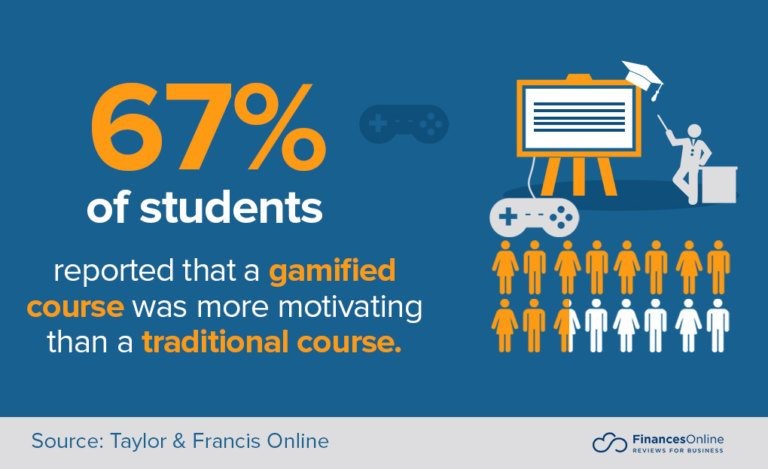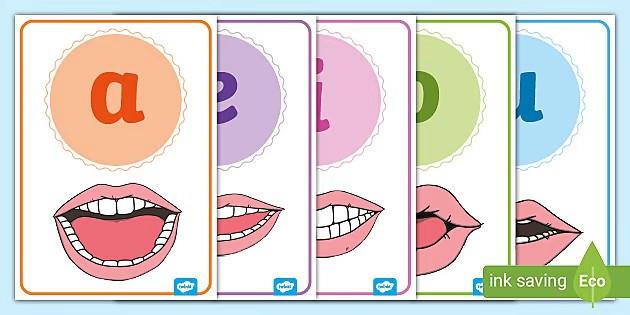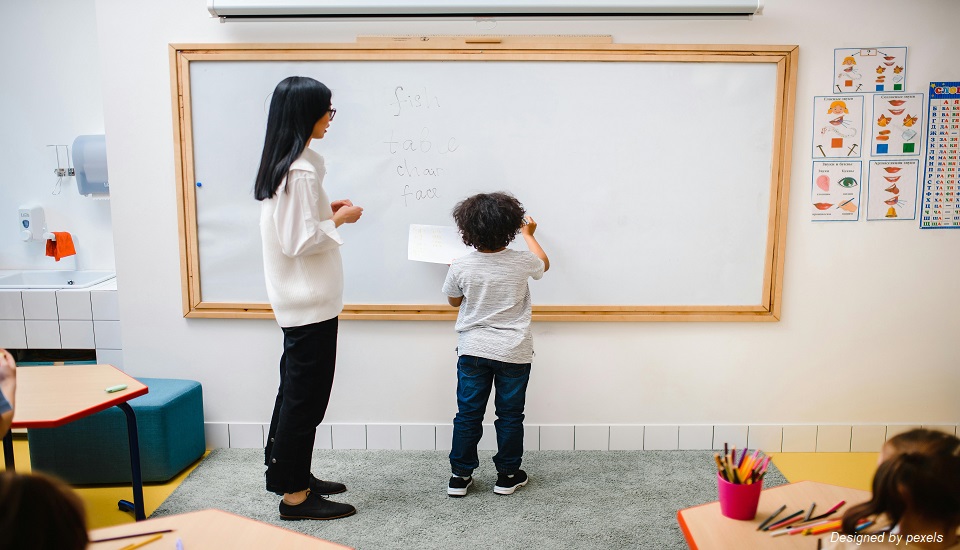Make Pronunciation Learning Fun: 4 Engaging Techniques for Young Learners
Pronunciation is one of the essential parts of English language acquisition essentially for non-native English-speaking students. Every TEFL teacher is aware of this fact and they gain various preparations while they pursue courses like Live Online TEFL Course to help non-native English speakers to pronounce words correctly which ultimately improves their overall communication skills.
However, almost every non-native English-speaking student struggle to gain the right control over their pronunciation which makes it difficult for them to speak English effectively.
If you are also looking for effective ways of adapting play-based pronunciation techniques for different ages students in your TEFL classroom, then we got you covered.
In this blog post, we will be sharing some of the effective creating a fun and supportive learning environment for pronunciation.
Before moving to the topic, can we ask you a question? Do you follow us on Social Media? We regularly share upgraded educational content, tips, feedback, and more. Check us out by clicking the profiles here - Facebook / Twitter / LinkedIn / Pinterest / Instagram / YouTube
So, without any further delay, let’s get started.
Play-Based Techniques for Teaching Pronunciation
Let’s get to know some of the creating a fun and supportive learning environment for pronunciation which you can implement right away in your TEFL classroom:
1. Gamified Way of Learning
Nowadays, there is no better way to engage students, especially young learners with any kind of learning through digital medium. According to financeonline.com recent survey, it has been found out that 67% of the students agree that a gamified way of learning is more motivating than a traditional course.

By seeing this trend, you can consider integrating technology into pronunciation teaching as well.
There are plenty of gamified learning platforms and apps like-
- Duolingo
- FluentU
- Memrise
- Rosetta Stones, etc.
This kind of platform offers a dynamic and engaging virtual learning environment that keeps the learners hooked. For example- In Duolingo, learners can unlock one level after another after completing the given task, which will motivate them to continue their pronunciation-learning journey.
2. Sound Chain
One of the best play-based Techniques for Teaching Pronunciation is the “Sound Chain” activity. In this game, you should give instructions to your students to line up or make a circle together.
After that, you can speak a word aloud and then instruct each student to come up with a new word that has a similar sound.
For example- You said- “Mate” and then the student can come up with words like- Mat, Hat, etc.
3. Pronunciation Bingo
Pronunciation Bingo is another fun-filled activity that you can incorporate into your TEFL classroom. To play this game you must prepare Bingo sheets with various sample words for each of the phonemes (individual sounds of each word) you wanted to preview.
You can take out a flashcard from a bag full of it and say the word written on it like- “i” and show that card to the student.
After that, instruct students to find the word on their bingo sheet that matches the sound like- “gift” and other similar words that are present in the sheet. This game can be played individually or in pairs.
4. Tongue Twister
To make your TEFL classroom-learning environment interesting and engaging “Tongue Twister” is one of the best activities that you can incorporate. This activity will surely make your students lively and active participants because at some point they will get twisted up in their own words to maintain the speed.
Some of the fun Tongue Twisters you can give your students to repeat is-
- She sees cheese
- Light the night light tonight
- Peter Piper
- Thought a thought
- He threw three balls
Helpful Tips for Improving Pronunciation of Students
Now let’s get to know some helpful tips to help your non-native English-speaking students improve pronunciation:
- Break-Down Words
For student’s easiness instruct them to break down words into individual sounds. This will help them to understand the words and pronounce it correctly.
- Correct Way To Put Stress
To speak any word or pronounce it clearly, learners must need to understand the importance of stress. You must focus on teaching your students to put stress on specific sounds or words, which will improve their pronunciation significantly.
- Movement of Mouth and Lips
The movement of the mouth and lips is very important to produce the right sound during pronunciation. Make sure you notice you and your student’s movement of mouth and lips, which will help them to understand how to pronounce in a correct and certain way.
- Tongue Movement
Tongue plays an important role in pronouncing any word correctly. Consider teaching your students to observe and pay close attention to the movement of their tongue while they are pronouncing any word, which will help them to improve their pronunciation.
- Visual Aids
You can use visual cue cards to help your non-native English-speaking students understand what kind of shape does mouth and lips form while producing specific sounds.

- Singing Songs
You can encourage your students to sing their favourite songs to improve their pronunciation. You can start by providing lyrics digitally or on paper for their easiness and then with time encourage them to sing without any lyrics.
- Record Yourself
You can consider encouraging your students to record themselves while they are speaking, then listen together to help them figure out the scope of improvement and work on it.
- Practice with Peers
Practicing with peers is one of the most effective and playful pronunciation activities for shy learners. You can encourage your students to collaborate up with their friends and communicate as much as they can which will prove to be an enjoyable and positive learning experience. This will also improve the confidence level of learners, especially for shy learners.
Play-Based Techniques for Teaching Pronunciation Is The Key To Learner’s Improvement
Pronunciation is one of the essential parts of English language acquisition, especially for non-native English-speaking learners. However, with the above-mentioned play-based techniques for teaching pronunciation and by creating a fun and supportive learning environment for pronunciation you can ensure that your learners will be able to improve their pronunciation skills.
Additionally, by pursuing courses like the Live Online TEFL Course, you will not only be able to learn various effective and fun-filled activities of teaching pronunciation to your learners but also get guidance from top trainers, which will also help you to become an effective TEFL teacher.
We believe education should be accessible for everyone. That’s why we don’t charge for our blogs. Find the right course that will help you in your career with us, contact us at - 1800–212–6400. You can mail us at act@asiancollegeofteachers.com




